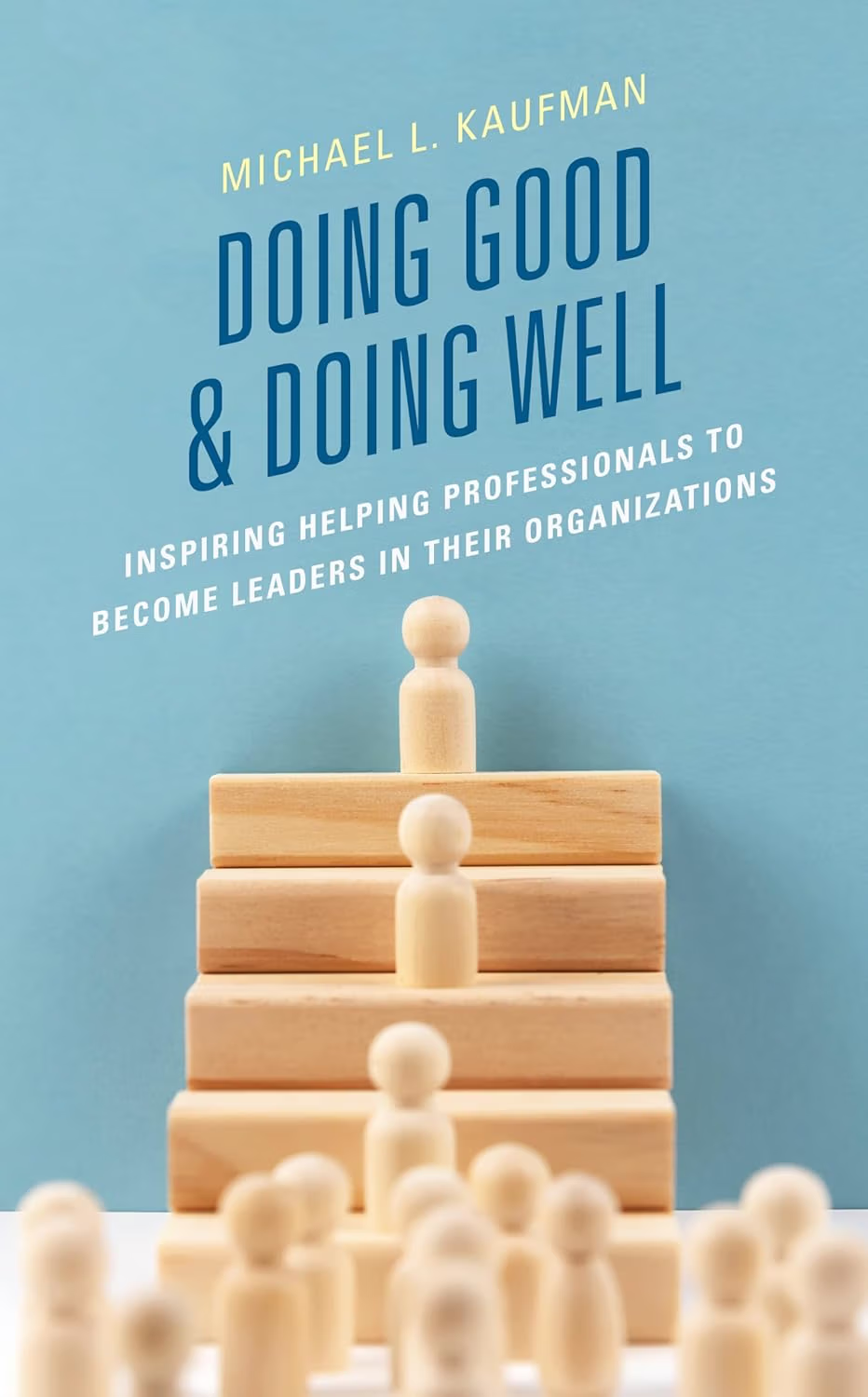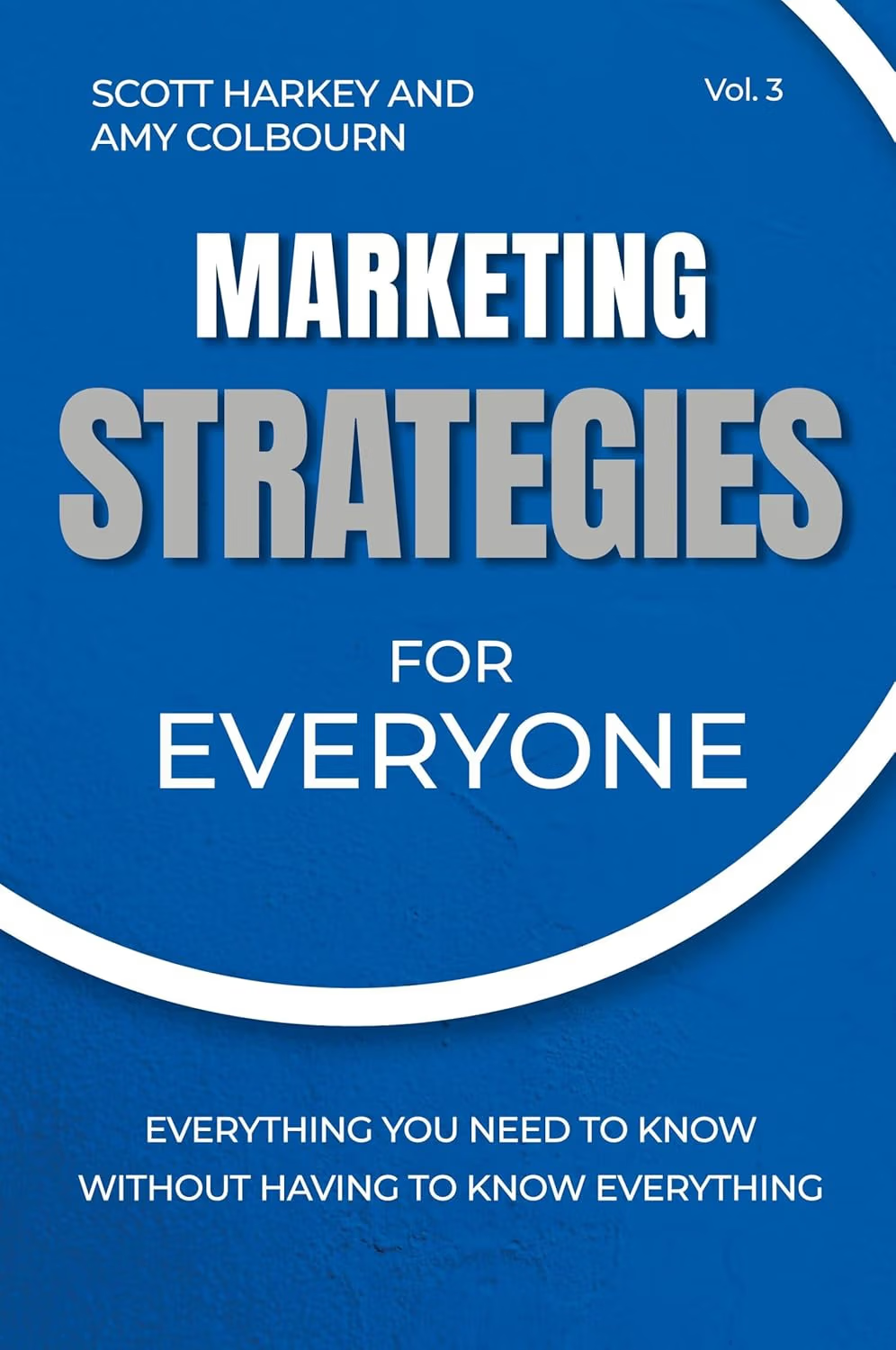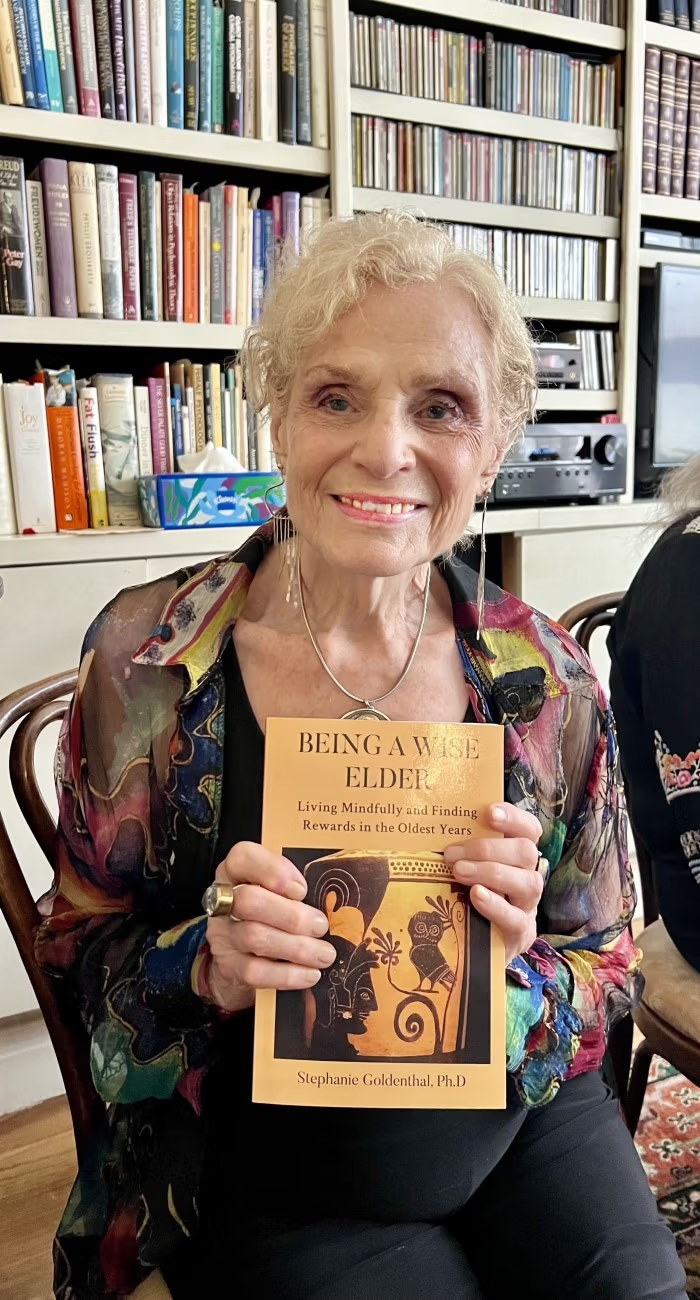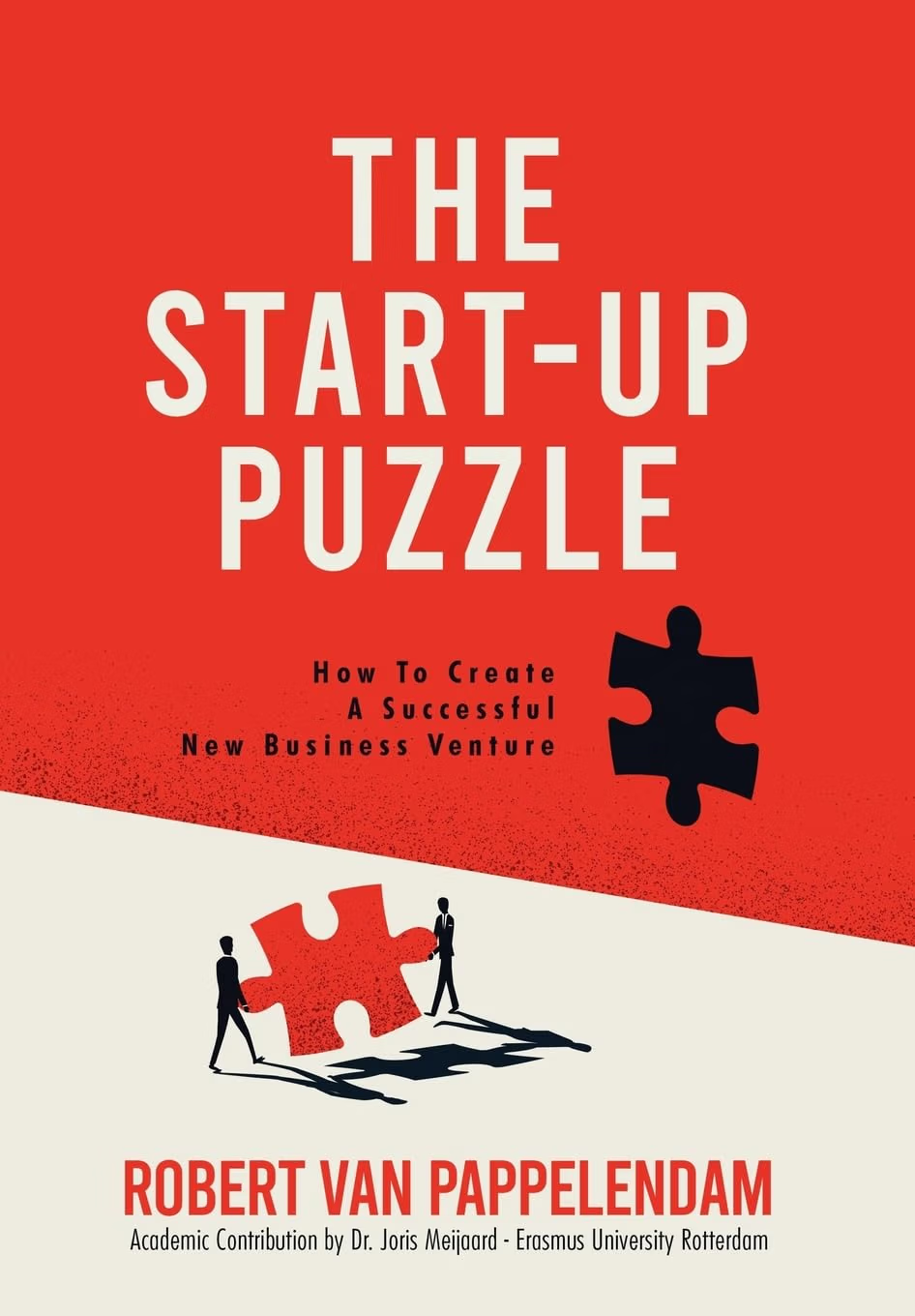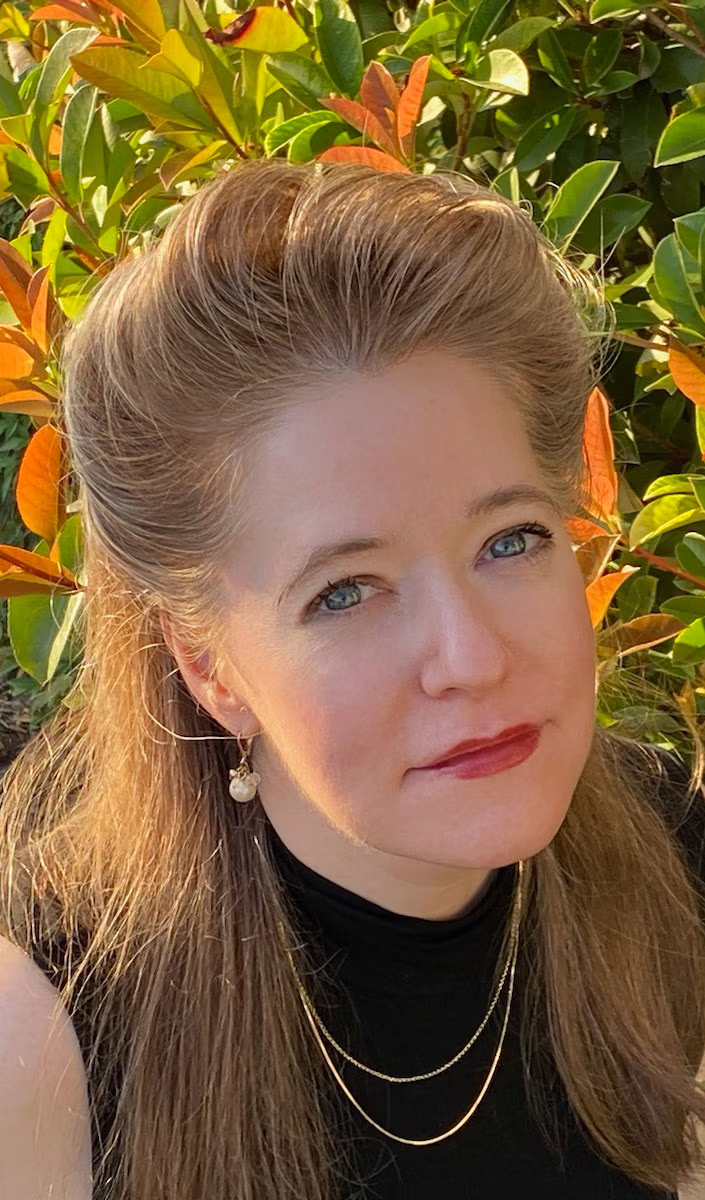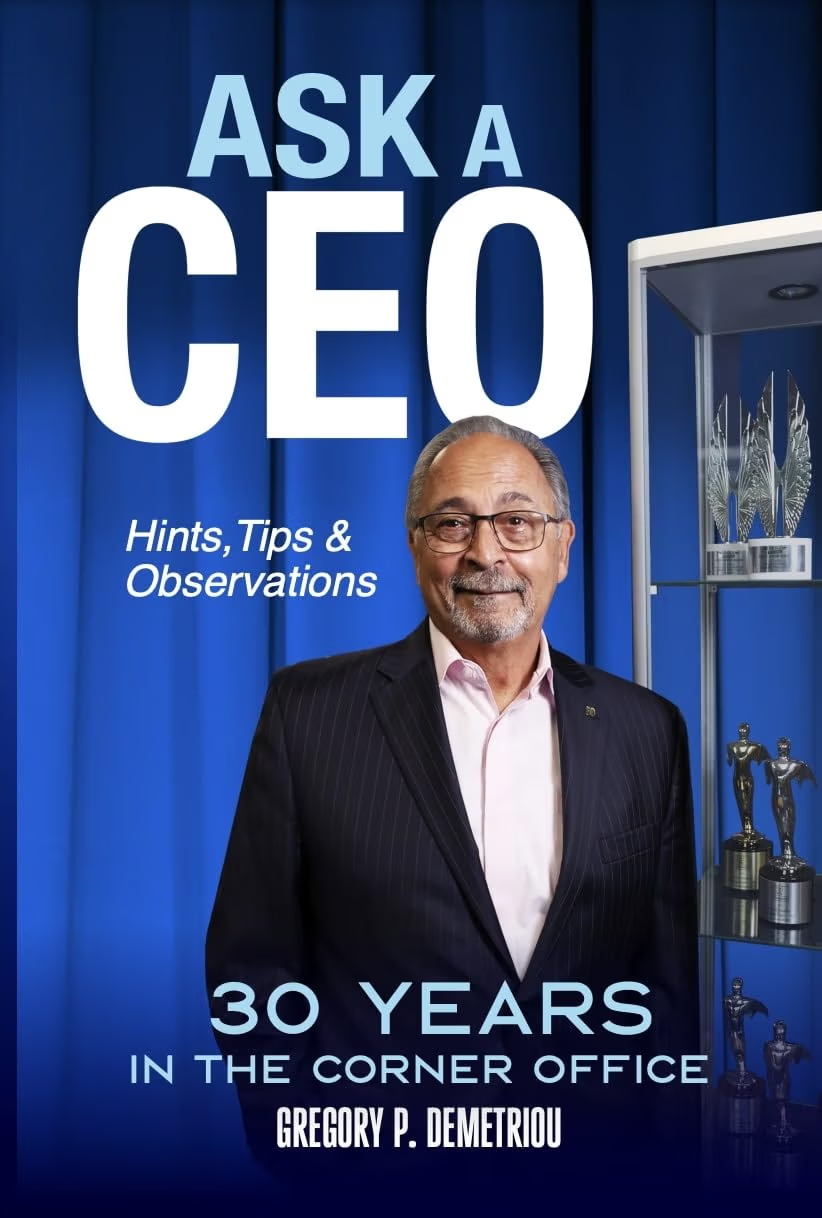In the world of children’s literature where words and illustrations dance together to create magic, we’ve found this opportunity to be in the company of debut author Renée DeVincent, author and illustrator of the sweet story Twiggy and the Lost Socks. Renée’s creative journey was shaped starting in her childhood where a profound love for reading and art blossomed. As we explore the importance of illustrations in children’s books and Renée’s unique role as both a writer and illustrator, we’ll learn more about her collaborative process and the seamless fusion of words and images in her storytelling. In this interview, we don’t just discover the stories within the pages but the passion, dedication, and boundless creativity that define Renée’s first contribution to the world of children’s books.
How important do you believe illustrations are in children’s books? How do you collaborate with illustrators to bring your stories to life visually?
Illustrations play a pivotal role in children’s books. In some respects, they are as important as the words themselves. It’s the perfect synergy between words and images that brings a story to life in a way that resonates deeply with young readers. What makes my position unique is that I am both a writer and an illustrator, which provides me with a comprehensive understanding of the visual language that complements the narrative. When I collaborate with other illustrators, I’m already well-versed in their world, and this familiarity eases the collaborative process.
In my collaborations, I greatly value the talents and creativity of the illustrator, and I make it a point to provide them with the space and creative freedom to bring their unique vision to the table. While it can be challenging to step back and allow the illustrator to shine, I approach it with mindfulness and a collaborative spirit. This collaborative approach often yields the best solutions, as it brings together the strengths of both the writer and the artist, resulting in a visually captivating and emotionally engaging experience for young readers.
Do you have a favorite book or character that you’ve created? If so, what makes it/them special to you?
 Yes, the young girl in my book Twiggy and the Lost Socks has become a personal favorite character of mine. Although she remains nameless within the book, I’ve given her a name and have grand plans for her in future stories. What makes her truly special to me are the characteristics she embodies. She possesses qualities that I aspire to model in the protagonists of my future books—kindness, resilience, curiosity, and a deep sense of wonder and doing the right thing. She represents the potential for growth and development, both as a character and as a role model for young readers. I look forward to seeing her evolve further into a strong and relatable protagonist in the stories that lie ahead.
Yes, the young girl in my book Twiggy and the Lost Socks has become a personal favorite character of mine. Although she remains nameless within the book, I’ve given her a name and have grand plans for her in future stories. What makes her truly special to me are the characteristics she embodies. She possesses qualities that I aspire to model in the protagonists of my future books—kindness, resilience, curiosity, and a deep sense of wonder and doing the right thing. She represents the potential for growth and development, both as a character and as a role model for young readers. I look forward to seeing her evolve further into a strong and relatable protagonist in the stories that lie ahead.
Are there any particular rituals or habits you follow while writing or creating your stories?
While I don’t have any strict rituals for writing or creating, some of my most inspired work often happens during the nighttime. It’s a time when my mind is at its most imaginative and receptive. One consistent habit I’ve developed over time is that most of my creative process unfolds internally, in my mind, before I set words to paper or put pencil to canvas. I often let my ideas percolate and evolve mentally, allowing them to take shape organically. However, when I encounter creative roadblocks or challenges, I resort to the various tricks and techniques I learned during my creative education. Sometimes, I need to return to the basics to find innovative solutions or fresh perspectives. It’s a journey of exploration and problem-solving that keeps the creative process engaging and dynamic.
What advice would you give to aspiring children’s authors who are just starting their writing journey?
My advice to aspiring children’s authors embarking on their writing journey is rooted in my own experiences. I’ve struggled with perfectionism throughout my life, often believing that I needed to have all the answers immediately. One crucial lesson I’ve learned is that the creative process is an absolute journey that demands patience and self-compassion. It’s about giving yourself the grace to work through it, to accept that it takes time, multiple edits, and the courage to let go of ideas that aren’t working.
Perseverance is a vital quality, as you may find yourself working on a project for years, searching for the right solution. Above all, belief in yourself is critical. It’s essential to drown out the noise and the barriers that can impede your success and to stay steadfast in your creative vision. Embracing the process and nurturing your belief in your abilities will ultimately guide you toward becoming a successful children’s author. Remember, push out an end product; it takes time to develop and seek out others in the profession to help you.
How do you believe technology and digital media have impacted the world of children’s literature? Do you see it as an advantage or a challenge?
Technology and digital media have brought about one of the most significant transformations in the world of children’s literature. In many respects, I see it as an advantage, as it has significantly expanded the reach of books and made them more accessible to young readers. E-books and digital platforms have opened new avenues for children to discover and engage with stories.
However, it’s essential to acknowledge the challenges that technology poses. While it has made reading more accessible, it has also introduced the challenge of young readers to be engaged more traditionally. The fast-paced digital world can make it difficult for children to sit down and immerse themselves in a traditional book.
Furthermore, the rise of AI presents the most significant challenges. This next decade will bring about many significant changes to the publishing world. As AI continues to evolve, its impact on the creation and distribution of children’s literature will be profound.
How do you engage with your young readers? Do you visit schools or participate in events to interact with your audience?
I am currently visiting schools as part of the promotion for my debut book, Twiggy and the Lost Socks. During these visits, I conduct art demonstrations and engage with students to discuss the creative process behind writing and illustrating children’s books. These interactions give young readers a glimpse into the world of storytelling and illustration, sparking their creativity and curiosity.
In addition to school visits, I maintain a monthly newsletter that serves as a platform to engage with young readers and their families. The newsletter features a backyard nature blog, printable activities centered around the theme animal of the month, and art tutorials designed to inspire and educate. I want to encourage kids to learn more about the nature living near us to better connect with the world. It also allows me to connect with my readers on an ongoing basis.
Furthermore, I take the opportunity to spotlight other authors whose books are inspired by nature, creating a supportive community of like-minded authors and readers who share a passion for backyard nature.
What upcoming projects or stories can your readers look forward to?
I’m thrilled to share that there are several exciting projects on the horizon for my readers. Firstly, I’m crafting a spin-off book from Twiggy and the Lost Socks, which promises to deliver more enchanting adventures and heartwarming moments.
Additionally, I’m in the final stages of editing a middle-grade Fantasy book that has me brimming with excitement. This new venture explores a captivating world filled with magic and wonder, and I can’t wait to unveil it to middle-grade readers. Based on valuable feedback I’ve received about Twiggy and the Lost Socks, I’ve decided to create a middle-grade version of the book. It's been well-received by older kids. They really understand the message, and adapting some of the concepts into a middle-grade format is something that I am looking forward to sharing.
How can my readers reach out to you?
My readers can find me on my website, where they can subscribe to my newsletter, WildDays,
and view my blog and art tutorials.
I am very active on social media. I provide updates and giveaways. Here is my information:
Where can we purchase your book?
Twiggy and the Lost Socks is available in Hardback, Paperback, and e-book formats. It can be
purchased at Amazon, Barnes & Noble, and my Website.
Twiggy and the Lost Socks
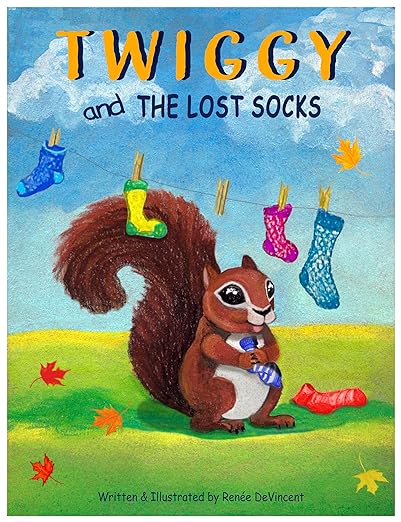 Colorful illustrations and cheerful rhyming, this engaging story will leave both kids and adults feeling uplifted and connected.
Colorful illustrations and cheerful rhyming, this engaging story will leave both kids and adults feeling uplifted and connected.
This heartwarming tale follows the adventures of a young squirrel and his family. One day, Twiggy finds something soft and fuzzy. A treasure that will keep him warm during the winter. Unknown to him, it belongs to a girl who is searching for her lost sock.
What will happen when the girl discovers Twiggy has her sock? Will Twiggy get to keep the sock? Follow along as Twiggy navigates the complex emotions that come with meeting new people and having unexpected experiences. Cheer Twiggy along as he learns, with the support of his Mama, essential lessons about judging others.


